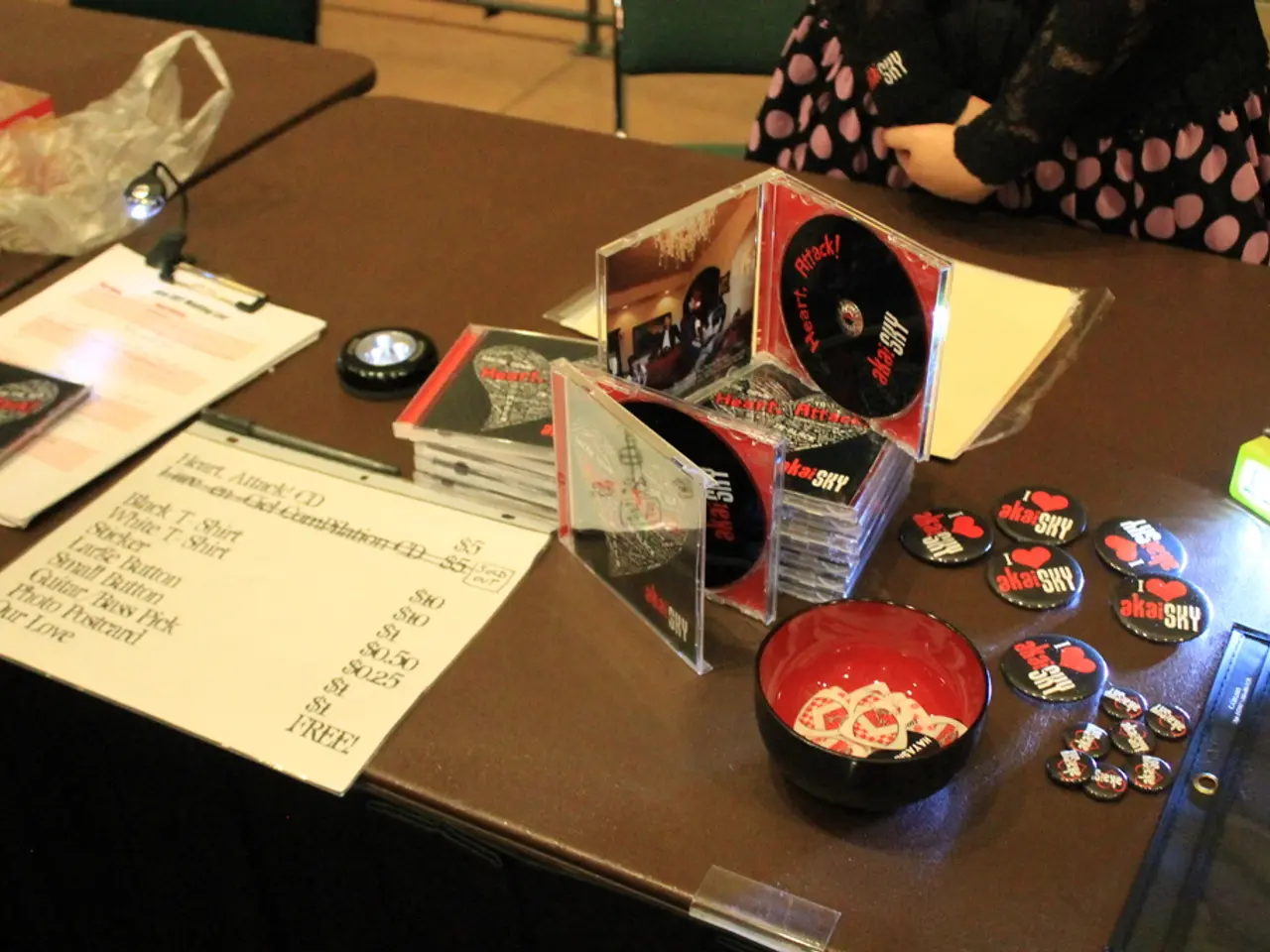Choosing the Right Prototyping Design: A Guide
### Levels of Fidelity in Prototyping: A Guide for Design Thinking
In the realm of Design Thinking, prototyping plays a crucial role in testing and refining ideas. Prototypes can be categorised into three main levels of fidelity: low-fidelity, medium-fidelity, and high-fidelity, with each level serving a unique purpose in the design process.
#### Low-Fidelity Prototypes
Low-fidelity prototypes are the first step in the prototyping journey. They are quick, inexpensive, and easy to create, making them ideal for exploring multiple concepts and testing broad user flows. Characterised by rough sketches, paper prototypes, or basic digital drafts, these prototypes use simple shapes, grayscale, and placeholder text. Interactivity is minimal or non-existent, focusing on layout, structure, and user flow rather than detailed visuals or functionality.
Low-fidelity prototypes are best used during the empathise, define, and ideate phases of a design project. They are ideal for brainstorming, validating assumptions, and making fast pivots without significant investment.
#### Medium-Fidelity Prototypes
Medium-fidelity prototypes, such as wireframes, offer a more detailed representation of the design compared to low-fidelity prototypes. They take longer to develop and may be costlier due to their increased detail and refinement. Wireframes focus on structure and are best used for layout and navigation discussions. High-fidelity wireframes/mockups include more visual detail and are useful for documenting design decisions and guiding development, but remain static (non-interactive).
#### High-Fidelity Prototypes
High-fidelity prototypes are the last line of testing before moving on to the execution of solutions. They are detailed representations of the final product, often incorporating branding, real content, colours, and detailed UI elements. High-fidelity prototypes may include clickable elements, transitions, and simulated user interactions, providing a realistic experience.
High-fidelity prototypes are used to test the full spectrum of dynamics, analyse for functional, visual, and experience purposes, and provide a realistic picture of the end product. They are especially valuable for refining user experience, identifying design flaws before development, and ensuring alignment with client or user expectations.
#### Decision Table: When to Use Each Level of Fidelity
| Fidelity Level | Best For... | When in Process | Why Use? | |---------------------|------------------------------------------------|------------------------|------------------------------------------| | Low-fidelity | Exploring ideas, testing user flows, feedback | Early (Empathise/Define/Ideate) | Fast, cheap, easy to iterate | | Medium-fidelity | Visual structure, layout and navigation discussions | Throughout (optional) | Guides layout, documents design | | High-fidelity | User testing, final validation, client sign-off| Later (Test) | Realistic, catches usability issues |
#### Summary
Start with low-fidelity prototypes to explore and validate broad concepts quickly. Transition to high-fidelity prototypes for detailed user testing and final refinements. Use wireframes and mockups to support visual communication at various stages, but remember that only interactive prototypes fully test the user experience. Iteration and feedback are central—move to higher fidelity only when you are confident in the direction and want to polish the details before development.
Prototyping for empathy, or "active empathy," is used to gain an understanding of the problem and users' mindsets about pertinent issues in the early stages of a design project. Prototyping can offer priceless early views of the target audience in their environment. Medium-fidelity prototypes are used to give people a better sense of what the solution or part of the solution might look like after early assumptions have been tested and validated. High-fidelity prototypes may include all functional elements required, although they may use less-than-optimal mechanisms or technology.
UX design and technology are integral in creating high-fidelity prototypes, as these detailed representations of the final product often incorporate a realistic user experience with clickable elements, transitions, and simulated user interactions requiring technology to function. During the design process, interaction design and design thinking can be effectively employed at each level of fidelity, with low-fidelity prototypes serving for exploring and testing broad concepts, medium-fidelity prototypes for visual structure and layout discussions, and high-fidelity prototypes for detailed user testing and final refinements.




